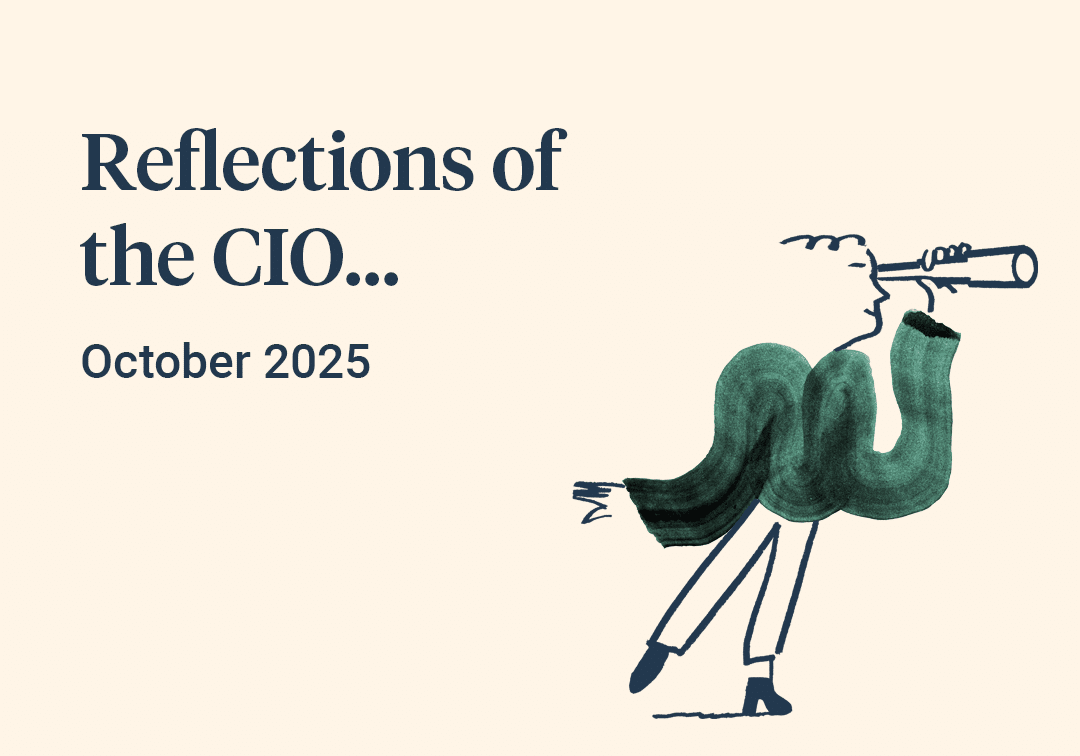November was another wild month in what is turning out to be a rather wild year. This time the swing in market sentiment was strongly positive, driving a remarkably quick worldwide rally which had enough power to erase the losses of the last three months across multiple asset classes. We have seen similar mood changes earlier in the year and they have all been characterised by the same thing, namely a reassessment of the inflation outlook, particularly in the crucial US economy.
Prior to November, a series of relatively ‘hot’ US monthly inflation figures had been weighing on the market mood, as it implied that the painful increases in interest rates which have been absorbed so far may not be finished. Then, a modest softening in the US labour market followed by a slightly weaker than expected October inflation reading sparked a global rally across asset classes. Investors quickly extrapolated some genuinely good news on US inflation into nearly all markets and geographies, as these US trends are assumed to be front runners for what will inevitably happen elsewhere.
As we write in early December, markets have assumed that the peak in inflation and interest rates has now passed, and the next moves to look forward to are interest rate cuts in the year ahead. These cuts would be global in nature and happen roughly by summertime. They would be driven by a realisation from Central Banks that, as inflation keeps falling and economies slow, a pivot to an easier monetary policy was in order, especially if a nasty ‘hard landing’ recession was to be avoided. The positive effect of these potential future cuts would be enough to offset the risks that a slowing real economy brings with it. In other words, recession risk has been trumped by lower interest rates and Christmas has, officially, come early.



